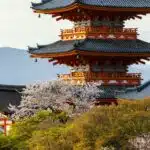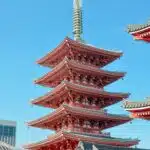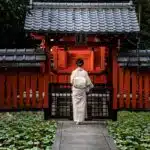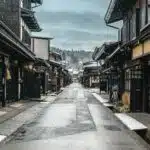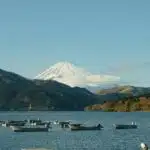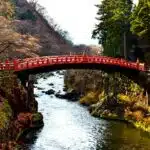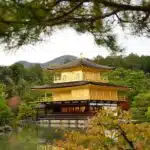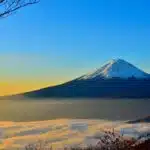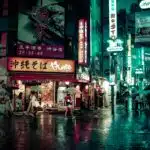Hiroshima is a city renowned for its profound historical significance and vibrant cultural scene. Located in western Japan, the city is best known for its role in World War II as the site of the first atomic bomb detonation. Today, it is a symbol of peace and resilience, featuring important memorials and museums alongside a thriving local culture.
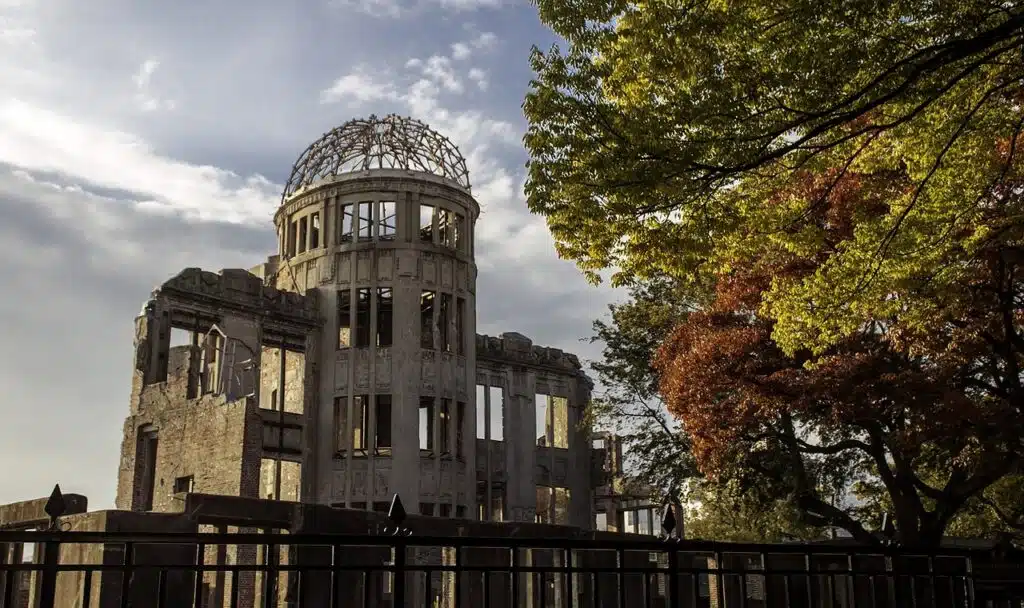
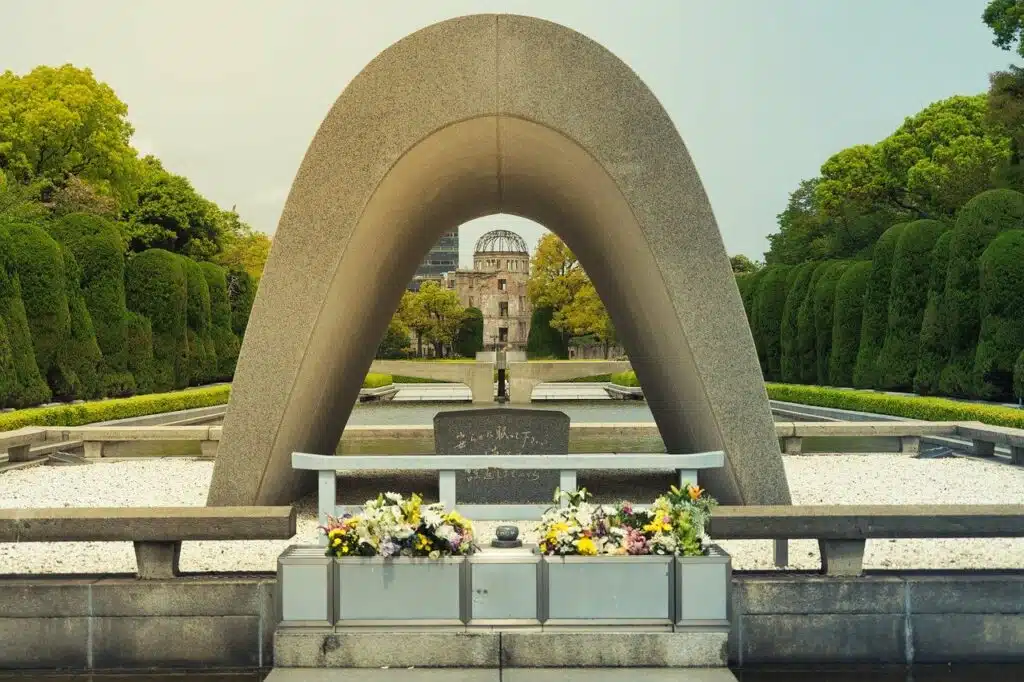
What to See in Hiroshima
- Hiroshima Peace Memorial Park: This park commemorates the victims of the atomic bombing and promotes peace. The Atomic Bomb Dome (Genbaku Dome) is a preserved ruin that serves as a stark reminder of the bombing’s impact.
- Hiroshima Peace Memorial Museum: Located within the Peace Memorial Park, the museum provides a detailed and moving account of the bombing and its aftermath through exhibits, photographs, and personal stories.
- Miyajima Island: A short ferry ride from Hiroshima, Miyajima is famous for the Itsukushima Shrine, known for its iconic floating torii gate. The island also features beautiful hiking trails and stunning views.
- Hiroshima Castle: Also known as Carp Castle, this historic site offers insight into the city’s samurai past. The castle has been reconstructed and includes a museum with exhibits on Hiroshima’s pre-war history.
- Shukkeien Garden: A traditional Japanese garden offering a serene escape in the city. Its picturesque landscapes include ponds, bridges, and meticulously designed plantings.
- Okonomiyaki: Hiroshima is famous for its version of this savory pancake. Try it in one of the local restaurants for an authentic taste of Hiroshima’s culinary culture.
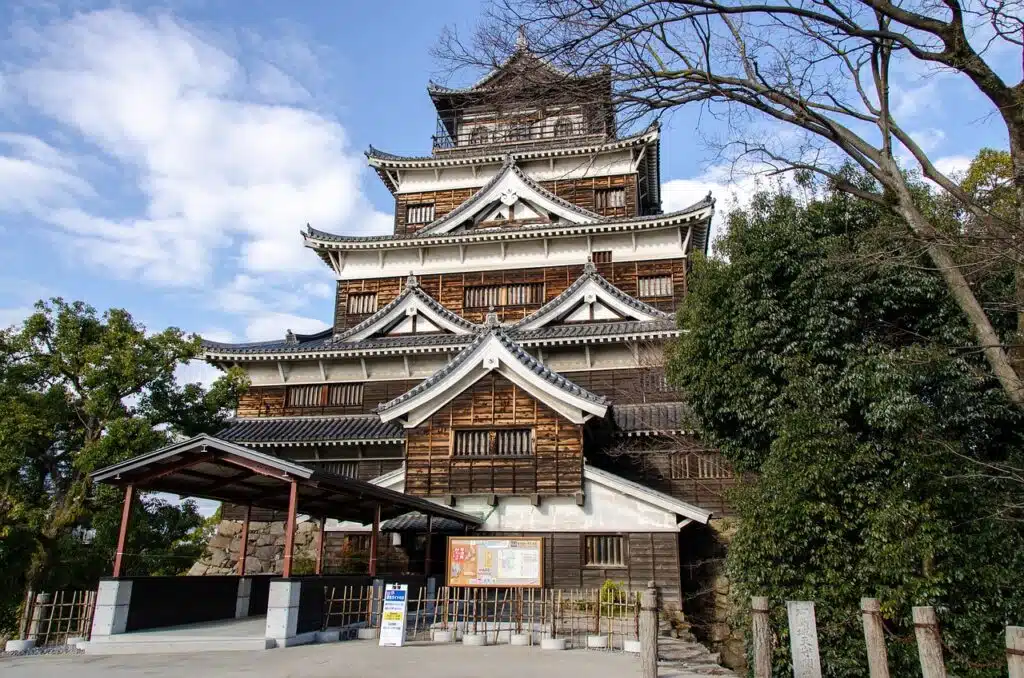
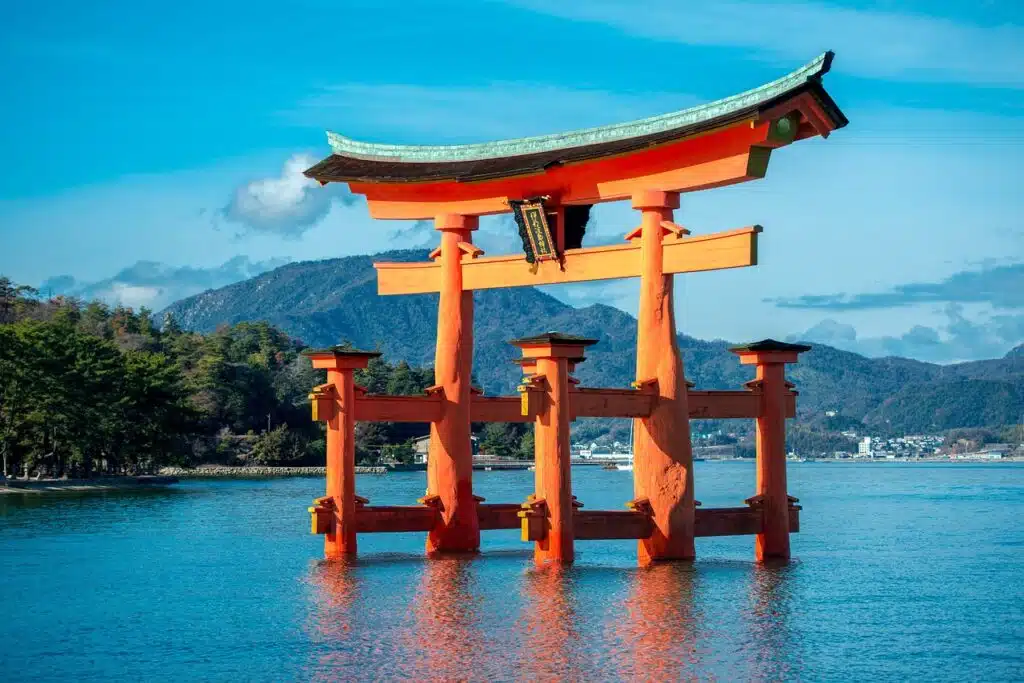
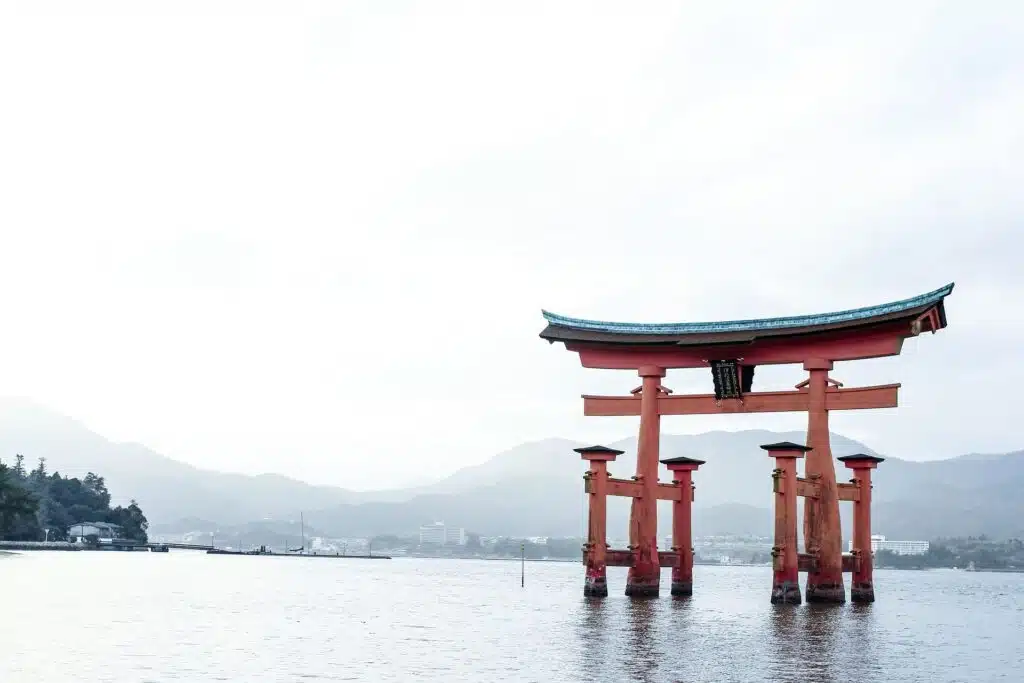
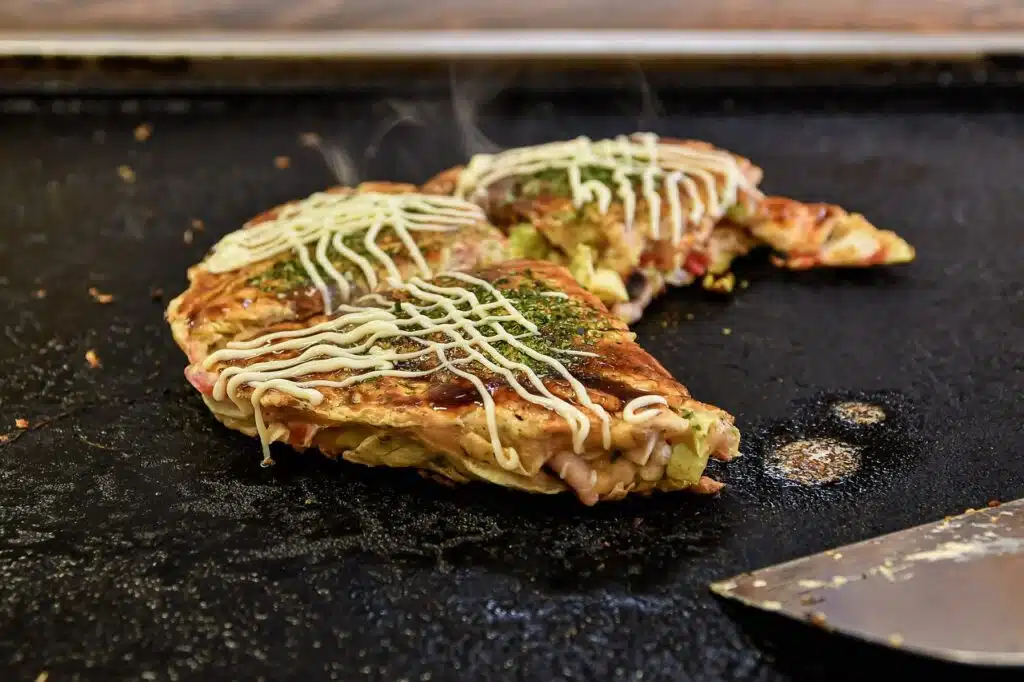
Essential Tips for Visiting Hiroshima
- Peace Memorial Park: Allocate a few hours to fully explore the Peace Memorial Park and Museum. It’s a deeply moving experience, so allow time for reflection.
- Miyajima Island: Plan a visit to Miyajima for a day trip. It’s best to visit early in the day to avoid crowds and enjoy the scenic beauty of the island. Don’t miss the chance to try local specialties like oysters and momiji manju (maple leaf-shaped cakes).
- Public Transportation: Hiroshima’s tram system is efficient and convenient for getting around the city. Consider purchasing a one-day pass for unlimited rides.
- Language: English is understood in major tourist areas, but learning basic Japanese phrases can be helpful in local spots.
- Seasonal Visits: Spring (cherry blossoms) and autumn (fall foliage) are particularly beautiful times to visit Hiroshima and Miyajima, offering stunning natural scenery.
- Foodie Experience: Hiroshima-style okonomiyaki is a must-try. Head to local specialty restaurants and watch as the pancake is prepared right in front of you.
- Respect and Reflection: The Peace Memorial Park and Museum are places of reflection. Dress respectfully and maintain a solemn demeanor as you visit these significant sites.
- Combine with Nearby Destinations: Hiroshima is a good base for exploring nearby attractions such as Onomichi, a charming city known for its temples and cycling routes, or Kure, which has a maritime museum and historical sites.
How to Get to Hiroshima
Hiroshima is easily accessible via Hiroshima Airport, which is connected to the city center by bus and train. It’s also reachable by Shinkansen (bullet train) from major cities like Tokyo and Osaka.
Why Visit Hiroshima?
Hiroshima offers a powerful mix of historical reflection, cultural exploration, and natural beauty. Its focus on peace and resilience makes it a significant destination for understanding Japan’s modern history while enjoying its rich heritage and vibrant local culture.

